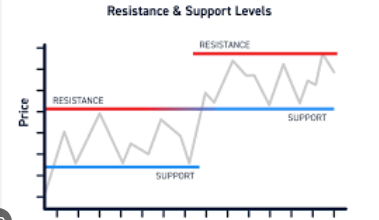Baby:_Aua9px8xyw= Otters

The early life of Baby:_Aua9px8xyw= Otters is a fascinating study of development and social interaction, critical for their survival in the wild. With a gestation period of approximately 60 to 70 days, maternal care plays a pivotal role in ensuring their growth and adaptability to aquatic environments. Their playful nature serves not only to strengthen social bonds but also to enhance cooperative behaviors among peers. Yet, despite their endearing qualities, these creatures face pressing conservation challenges that threaten their existence. Understanding these factors is essential to grasp the broader implications for ecosystems and biodiversity. What measures are being taken to safeguard their future?
The Life Cycle of Baby Otters
The life cycle of baby otters, or pups, begins with the gestation period, which typically lasts about 60 to 70 days depending on the species.
Post-birth, otter development is heavily influenced by maternal care, as mothers provide both nutrition and protection.
This care is crucial for the pups’ survival, fostering their growth and adaptation to aquatic environments, ultimately preparing them for independence.
Playful Behaviors and Social Bonds
Among the most captivating aspects of baby otters’ development are their playful behaviors, which serve a critical role in forming social bonds.
These playful interactions foster cooperation and communication among peers, while social grooming reinforces relationships and enhances group cohesion.
Such behaviors not only provide essential physical stimulation but also contribute to the emotional well-being of young otters, promoting a harmonious social structure.
Ecological Importance of Otters
While often overlooked, otters play a crucial role in maintaining the health of aquatic ecosystems.
Their presence in otter habitats contributes significantly to ecosystem balance by regulating prey populations, controlling invasive species, and fostering biodiversity.
As apex predators, otters enhance the productivity of their environments, ensuring that aquatic ecosystems remain resilient and sustainable, ultimately benefiting a wide range of organisms within those systems.
Read Also Baby
Conservation Challenges and Efforts
Otters, as integral components of aquatic ecosystems, face numerous conservation challenges that threaten their populations and the environments they help sustain.
Habitat loss, pollution impact, and climate change significantly diminish their habitats.
Effective rehabilitation efforts and community awareness initiatives are vital for fostering sustainable practices that protect otters.
Addressing these issues collectively enhances ecological resilience and promotes the health of aquatic ecosystems crucial for otter survival.
Conclusion
In summary, the life cycle of Baby:_Aua9px8xyw= Otters illustrates the delicate interplay between development, social interaction, and ecological significance. Playful behaviors foster essential bonds, while the ecological role of otters underscores their importance in aquatic ecosystems. However, conservation challenges, such as habitat loss and pollution, threaten their survival. Without dedicated efforts to protect and rehabilitate these creatures, the vibrant tapestry of life they contribute to may unravel, leaving a void in both natural habitats and human appreciation of biodiversity.






